How to win at winter: Cooking tips and tricks for the cooler months
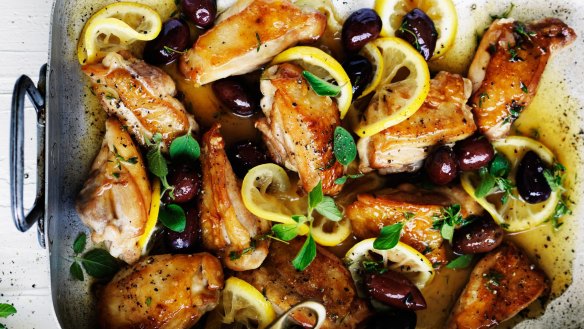
Winter is the best time of the year for cooking, and for gathering around our favourite soups, roasts, pastas and puddings. Porridge for breakfast, cheesy toasties for lunch and potatoes in every form.
But those same old dishes come around every winter, right? So here are some timely tips on how to reset your cooking, banishing boredom in the kitchen and at the table. It's about turning winter to your advantage, incorporating new ingredients, new technology and new thinking about food.
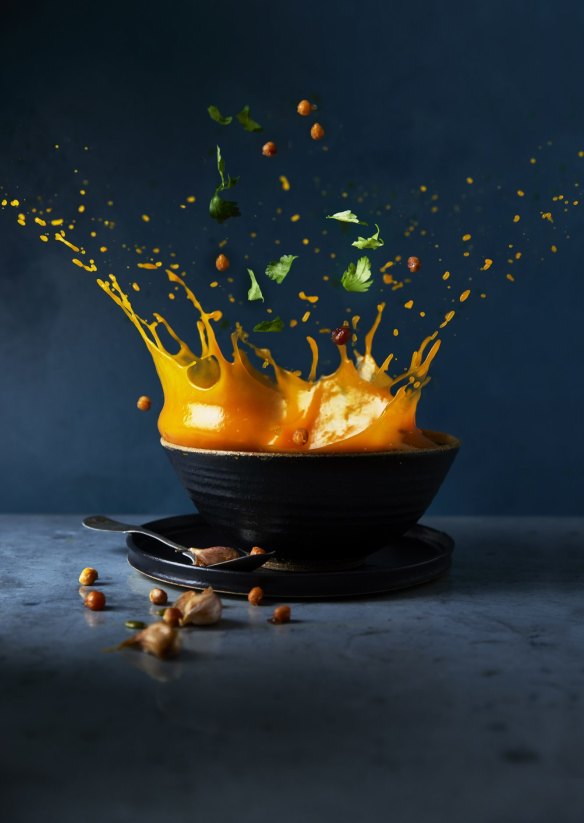
It's not about throwing out those beautiful, time-honoured recipes, but elevating them, building in flavour and interest. A few tricks, and suddenly your soup is a meal, your curry comes alive, and you've learnt something useful, which is always a good thing.
Tray bakes will save your life
Tray bakes were invented by people who want their dinner to cook while they are in the bath reading a book, catching up on the news, or reading a story to the kids. It sounds simple – you just chuck everything onto a baking tray and throw it in the oven. But the science is in choosing the right things to toss together, and prepping them so they cook in the same amount of time.
Some ideas: root vegetables, sausages and feta; meatballs with pumpkin and red onion; chicken with lemon and olives (pictured above); whole snapper with red and yellow capsicums and chilli.
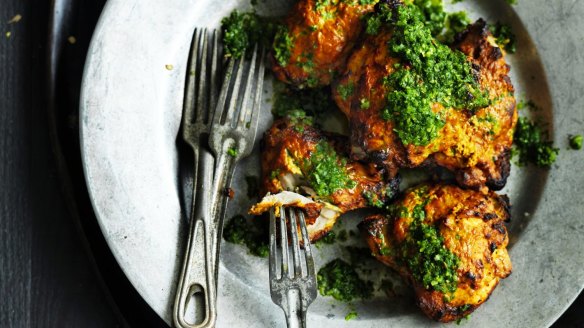
Meet the winter barbecue
Don't let a little cold keep you from the joys of grilled meats in winter – we still need smoke, scorch and char to make life interesting. Do half the work upfront, however, with spicy rubs, marinades and brines, then send the bravest member of the family out to the barbie, warmly dressed and clutching tongs.
- A great all-purpose rub for chicken, lamb and pork is as simple as mixing paprika, salt, sugar, mustard powder, cumin and cayenne.
- Even a 10-minute marinade is enough for fish or prawns: try white wine, olive oil, lemon juice, garlic and parsley.
- A leg of lamb loves a bath in red wine, mustard, garlic and rosemary overnight.
- Chicken responds well to being slathered in yoghurt and curry paste for an hour or two before grilling, for a quick burst of tandoori flavour.
- Brines are brilliant for tenderising meat as well as flavouring it. Start with a basic brine of 160g fine sea salt dissolved in 2 litres cold water for a 2kg pork belly or a whole chicken, add flavourings – lemons, garlic, peppercorns, rosemary, bay leaves – and leave overnight in the fridge.
Red miso for the win
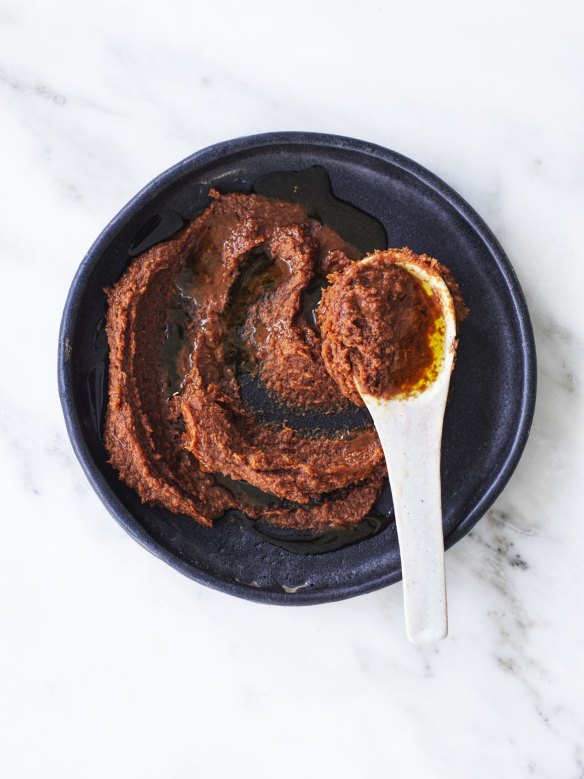
Sometimes you can follow the recipe, do all the right things, and what you end up with is … blah.
Reach into the fridge for that pack of red miso paste, and whisk it through your ho-hum soup or stew, and bingo! Depth of flavour, umami and toasty sweetness are yours.
Hot sauce triple treat
There are three crucial hot sauces you need on hand all winter long.
- Sambal oelek, a spicy chilli-garlic paste, is great as a marinade, added to stir-fries towards the end of cooking time and swirled into soups and rice dishes. Or just stick the jar on the table with a spoon to spice things up.
- Rose harissa (Essential Ingredient does a great one) adds fruity, chilli, peppery base notes to tagines, but can also pep up a pumpkin soup, is great with beans, mixes well with yoghurt (which mellows the heat), and is quite spectacular oozing out of a cheesy toastie.
- Sichuan doubanjiang (chilli bean paste) is the secret to making a great mapo tofu, but it also works its magic tossed through noodles, stir-fried with broccolini, slathered over oven-roasted tofu, or as a spicy accompaniment to dumplings. You can even spoon the paste, made from fermented soy beans, broad beans and chilli, through a non-Asian-flavoured stew or braise.
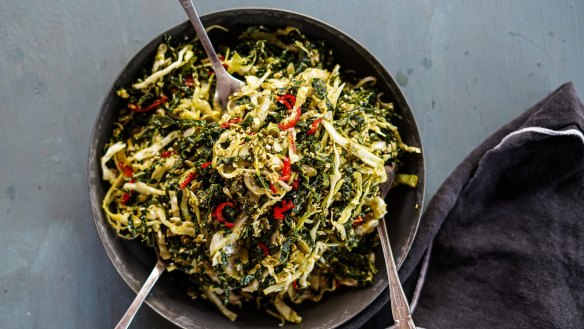
The vegan's best friend
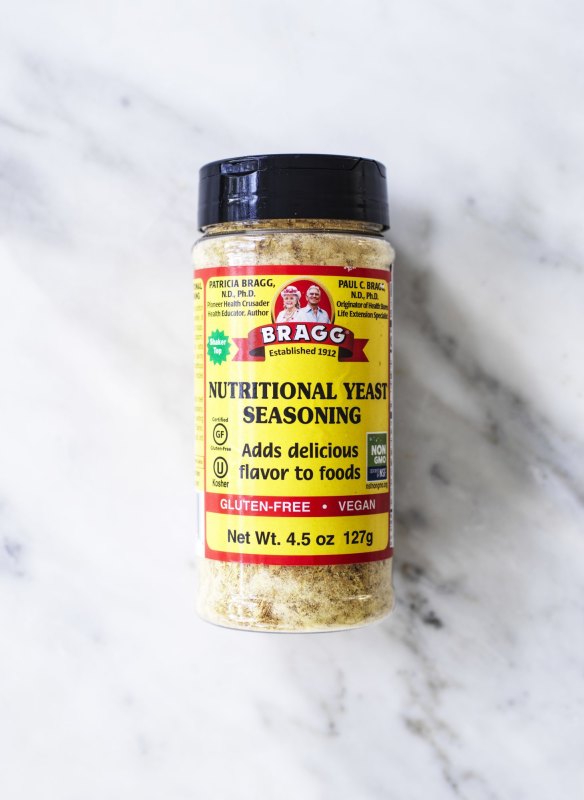
Ever wondered how chefs pack umami into vegan and gluten-free dishes? Two words: nutritional yeast. This plant-based seasoning (not an active yeast) might look like boring brown flakes, but get this – it adds instant cheesiness without cheese.
Cook it into soups and bean dishes, sprinkle a spoonful over dips and home-made pizza, or use to enforce cheesiness in a vegan mac 'n' cheese or roasted cauliflower.
Chefs mix it with sea salt, call it "magic dust" and throw it on potato chips and kale chips. Brent Savage of Sydney's plant-based Yellow restaurant suggests adding it to vegetable stocks and when cooking quinoa, rice and other grains and pulses.
"One of my secret favourite things to do at home is to have avocado on Vegemite toast with the kids," says Savage. "We put yeast flakes on top, and it's delicious."
Go micro-seasonal
If you buy the same stuff all winter long, you'll go spare trying to think of new things to do with it. Go micro-seasonal instead and dinner will be different every day.
Pies and puddings will automatically go beyond apples and pears to take in lemons, limes, custard apples, blood oranges, rhubarb and quinces.
Vegetables are more than just potatoes and carrots – let pine mushrooms, fennel, brussels sprouts and sugarloaf cabbage star as well.
S.O.S: Save Our Shells
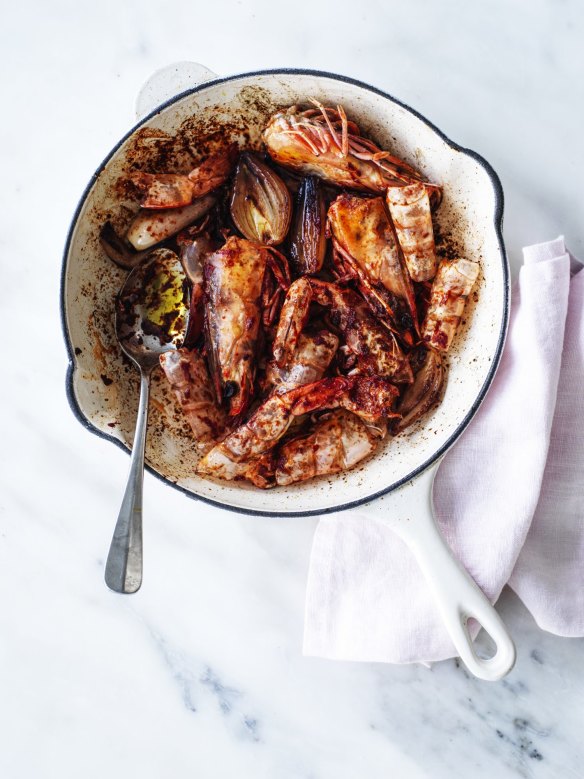
Turn those discarded prawn heads and shells into a beautiful shellfish stock to use as a base for Thai hot and sour soup, creamy French bisque or bouillabaisse.
Just fry them in a little oil with onion and garlic, then crush them into the pan with a potato masher to extract the juices.
Add 1 tablespoon tomato paste and two cups of boiling water and simmer for 10 minutes, then strain, pressing the heads and shells to extract maximum flavour before you discard them.
Thicken soups and stews without cream
Nobody likes a watery soup. But there are ways to transform soups and stews into something thick and creamy without having to add a bucket of cream or whisk in a roux (a paste made of flour and butter).
Beans, lentils, chickpeas and potatoes are natural thickeners, so all you need to do is cook and mash enough of them with a potato masher or a stick blender and stir them into your soup to get the right texture.
Cashew and almond butters are other ways to add flavour and richness.
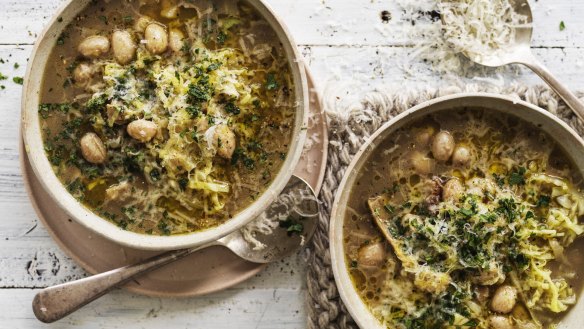
The before and after trick
Use the ingredient that forms the foundation of flavour for your dish as the garnish as well. If your curry begins with slow-cooked onions, put some of them aside and crisp them in a super-hot pan to serve on top.
It's the same with bacon – keep some to crisp for the final touch.
If you're serving braised or wilted kale as a vegetable, save a few leaves, massage them with a touch of olive oil and salt, and crisp them in the oven for 5 minutes to scatter on top as kale chips.
The double life of winter fruits
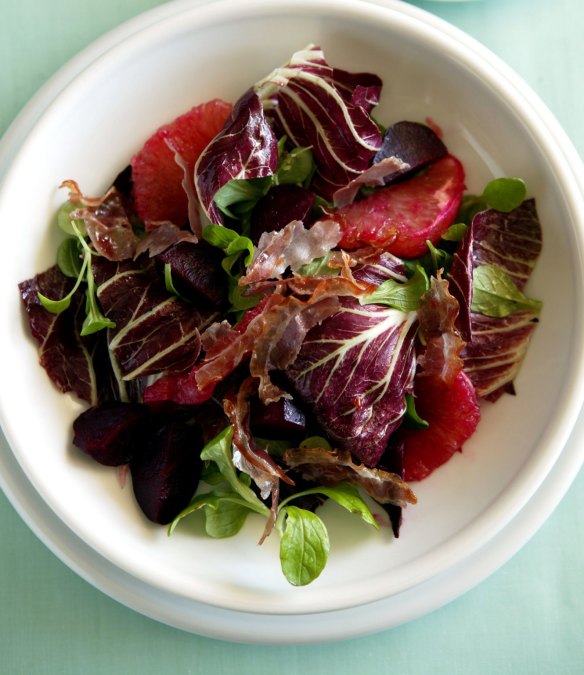
They have one life as fruit, ready for pies and puddings, such as creamy baked rice pudding with warm, juicy quinces or tangy rhubarb. But in their second life, winter fruits are ready-made flavour bombs for savoury dishes.
- Scatter pink grapefruit or orange segments and beetroot through bitter leaves for a gorgeous winter salad (pictured).
- Add a handful of dried apricots, figs or prunes into a spicy lamb stew or chicken tagine.
- Soak a tablespoon of currants in red wine vinegar, and scatter through radicchio and blue cheese, making the dressing from olive oil, honey and the leftover vinegar.
Invite Vegemite to dinner
Vegemite brings a natural explosion of umami to your toast for breakfast, but it's just as much fun at lunch and dinner, where it will do the same for sauces, gravies, pies and stews.
Take a tip from Hetty McKinnon's lovely cookbook To Asia, with Love and make buttery miso Vegemite noodles with instant ramen, or egg noodles loaded with butter, Vegemite, miso paste and grated cheddar.
Or try Pepe Saya's new butter marbled with Oomite, an all-natural spread that will melt umami all over your crumpets, scones or steak.
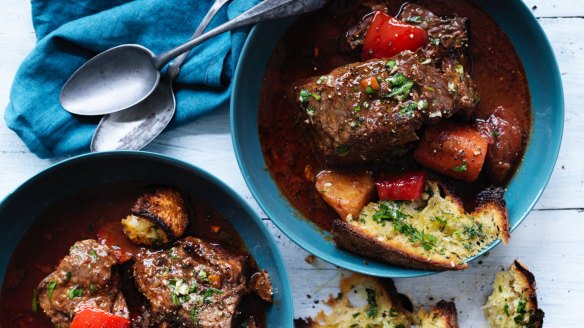
Add chocolate to meat
Dark chocolate's bittersweetness gives a depth to French daubes, cocido (chickpea stew) and red-wine braises.
Add a couple of squares towards the end of the cooking time and stir through.
Leave the best 'til last
Slow-cooking, especially in an actual slow-cooker, sometimes diminishes individual flavours, leaving everything tasting the same. To avoid that, add strong flavours such as spices, fresh chilli, sea salt and black pepper towards the end of cooking time.
Might the dish need a touch of acidity (lemon juice/zest, apple cider vinegar or tamarind) to wake it up? Finish with a burst of fresh herbs.
This article appears in Good Food in Sunday Life magazine within the Sun-Herald and the Sunday Age on sale June 6.
The best recipes from Australia's leading chefs straight to your inbox.
Sign up